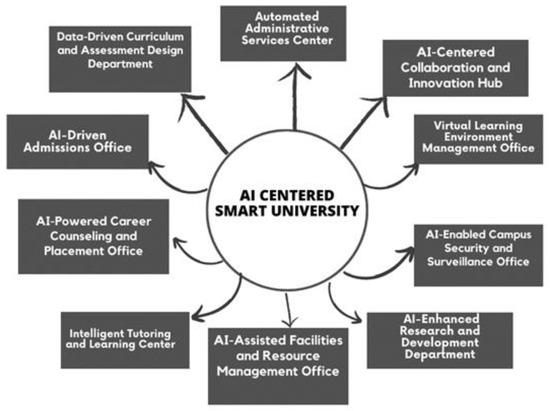The Latest 4.0 Release & The Strategic Cost of Risk Avoidance
(Opinion based solely on a consumer perspective of the changes in 4.0.)
The most striking change in GPT-4.0 is its transition from a contextually adaptive interaction model to a more rigid tool-based precision system. While this update introduces technical refinements and notable improvements in performance, it simultaneously diminishes the user experience in ways that raise strategic concerns. OpenAI, whether intentionally or as an unintended consequence of its optimization strategy, appears to have deprioritized pattern-matching personalization and long-term user/AI growth dynamics in favor of a framework that is more controlled, more constrained, and ultimately less organic.

This shift is not merely a matter of preference or user dissatisfaction; it hints at a broader philosophical and strategic pivot. If this realignment is indicative of an overarching corporate or industry-wide tendency toward heightened caution, what are the long-term implications? Could this path, despite its intent to minimize risk, paradoxically lead to stagnation, leaving Western AI development outpaced by competitors unburdened by similar constraints?
Risk-Averse AI: A Defensive Strategy with Strategic Vulnerabilities
If we accept that GPT-4.0’s shift represents a deliberate regression in adaptive intelligence—a calculated move to enforce safer, more predictable outputs—then we must interrogate the trade-offs embedded in this decision. At what point does safeguarding against uncertainty begin to erode the very foundations of progress? In a competitive landscape where AI, AGI, and quantum computing represent the next frontier of technological supremacy, the difference between responsible caution and paralytic risk aversion is not trivial.

A commitment to reducing liability and maintaining ethical safeguards is necessary, but if that commitment begins to throttle innovation, then it ceases to be an asset and becomes an existential threat.
History favors the bold, the iterative, and the adaptable—not the overcautious. The question, then, is whether risk avoidance has itself become the greatest risk of all. In an industry where iterative breakthroughs determine competitive viability, is the cost of control an innovation bottleneck that competitors will readily exploit?
Conclusion: Strategic Risk or Strategic Retreat?
If this shift is merely a temporary recalibration, then its impact may be limited to a short-term degradation in user experience. But if it signals a broader ideological shift toward control over exploration, then the implications are far-reaching and profound. The paradox is clear: The very mechanisms designed to shield AI development from risk may, in turn, become the greatest liability, inhibiting its capacity to evolve dynamically. In a world where the technological arms race waits for no one, the decision to constrain an AI’s ability to contextually grow alongside its users is not just a matter of user satisfaction—it is a strategic vulnerability.
Is this risk-averse strategy a prudent safeguard, or a retreat from the very frontier AI was meant to push?
Powered by Discourse, best viewed with JavaScript enabled




















